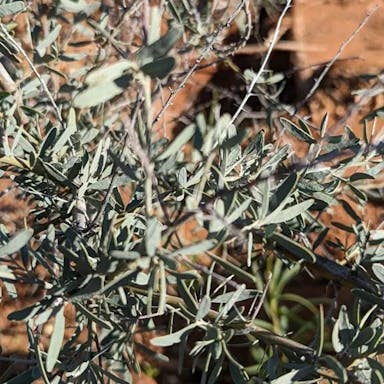Cuneate ceanothus, scientifically known as Ceanothus cuneatus, is a shrub native to California and Oregon in North America. It belongs to the Rhamnaceae family and exhibits wedge-shaped leaves. The plant produces fragrant white or pale blue flowers in springtime. This attracts pollinators like bees and butterflies. The flowers develop into small, dry seed capsules. Ceanothus cuneatus comes in many varieties, each with unique flower color and growth patterns. This plant grows well with proper drainage and sunlight exposure. When established, it tolerates drought and needs little care. Cuneate ceanothus is an attractive garden plant and supports wildlife.
0
0









